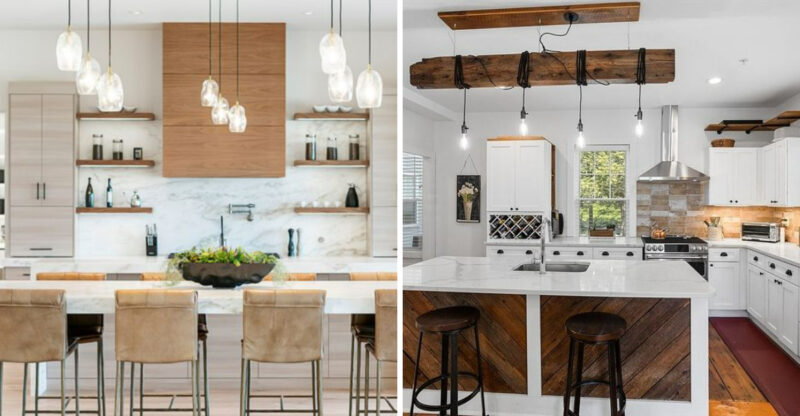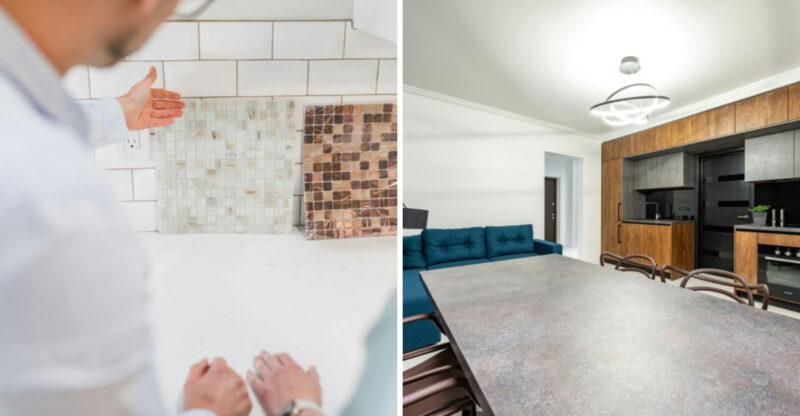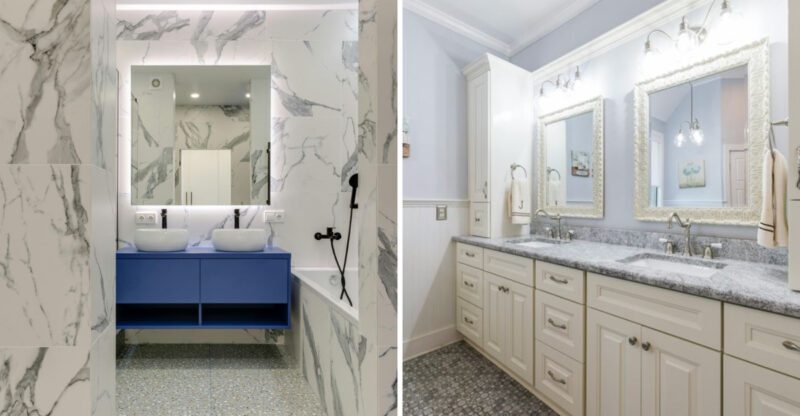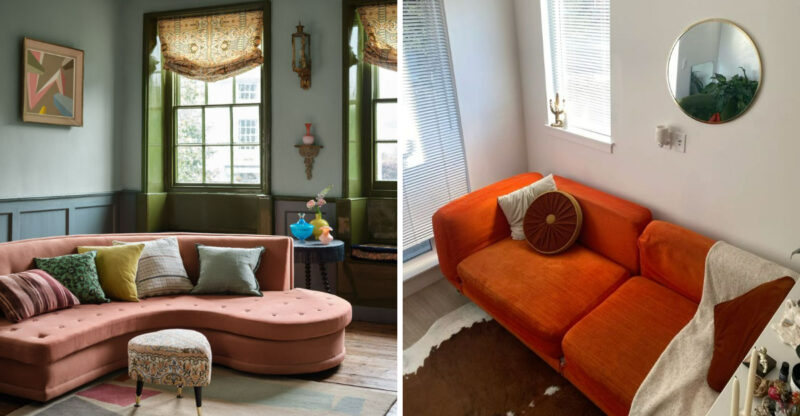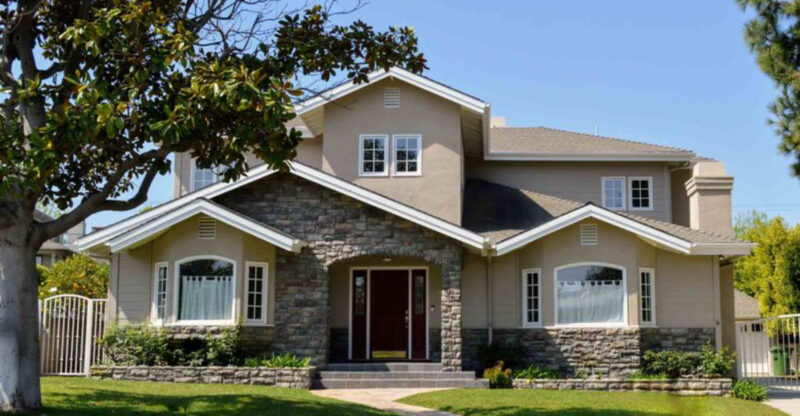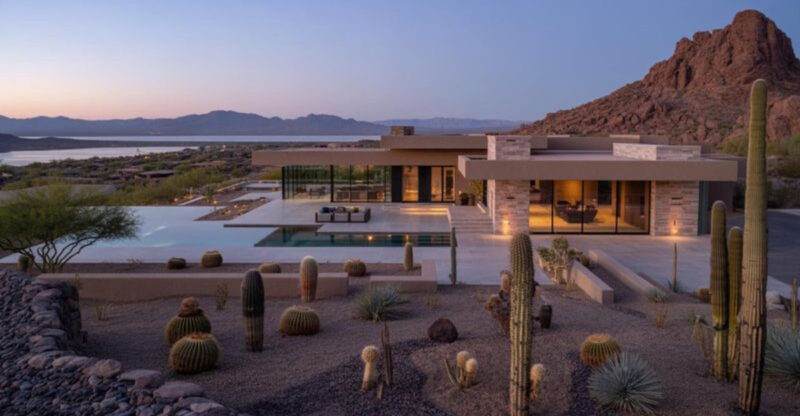15 Dated Design Choices That Could Be Affecting Property Value
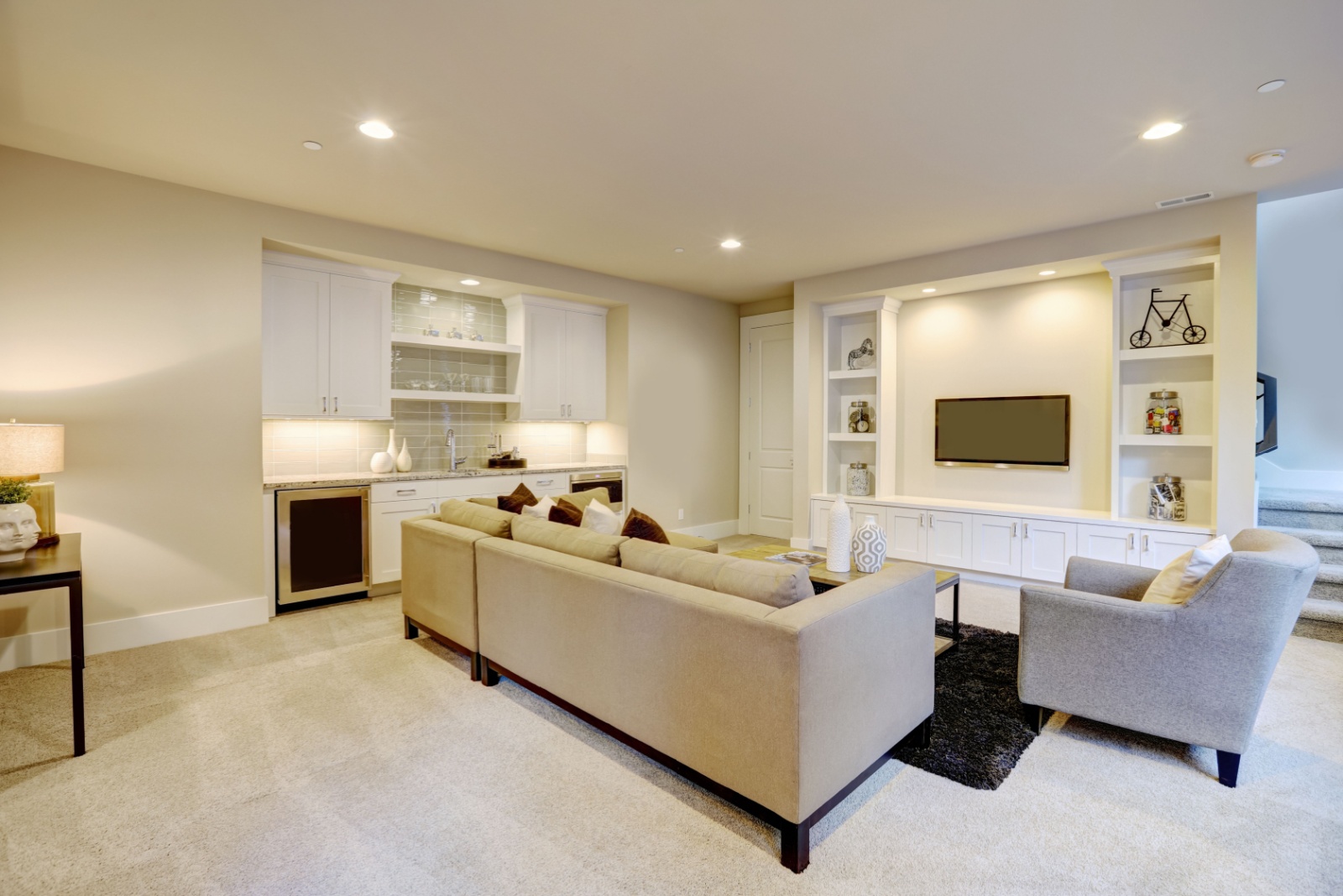
Ever walk into a home and feel like you’ve stepped back in time, but not in a good way? Certain design choices that were once trendy can now make a space feel outdated and even impact its appeal to potential buyers.
Whether you’re planning to sell or simply want your home to feel more current, knowing what might be dragging down your space is a smart first step.
This list breaks down the dated decor elements that could be working against you, and what to consider instead. Design trends are subjective, and the impact on property value can vary by market and individual buyer preferences.
1. Faux Wood Beams
Remember when we thought plastic beams made rooms look rustic? Those fake wooden overhead statements scream 1970s faster than disco music. Real estate agents cringe when they spot these dusty dinosaurs during home tours.
Faux wood beams made sense when authentic timber was expensive, but today’s buyers see them as immediate renovation projects. Modern homes embrace clean lines and architectural honesty, meaning materials should be what they appear to be.
2. Harvest Gold Appliances
How quickly can buyers run away from mustard-colored refrigerators? This vintage hue dominated kitchens alongside avocado green back when Nixon was president.
Harvest gold appliances tell potential buyers they’re walking into a time capsule that hasn’t been updated since The Brady Bunch aired.
Even if your retro appliances still work perfectly, their color alone can knock thousands off offers. Stainless steel and integrated appliances have become the expected standard in today’s market.
3. Floral Wallpaper
Where grandma’s taste meets real estate nightmare! Those busy rose patterns climbing your walls make rooms feel smaller and dated instantly. Potential buyers see only the labor-intensive removal process ahead.
Floral wallpaper reached peak popularity during the 80s and 90s. Today’s homebuyers prefer neutral, versatile wall treatments that serve as backgrounds rather than statements.
Each flowery wall represents hours of steaming, scraping, and patching before they can make the space their own.
4. Carpeted Bathrooms
Did we really think fuzzy floors where water splashes constantly was smart? Carpeted bathrooms rank among the most puzzling design choices ever made. Buyers see only mold, mildew, and immediate renovation costs.
Carpeted bathrooms became popular in the 70s when wall-to-wall carpet was spreading through homes like wildfire. Modern buyers understand the hygiene issues and practical problems these soft surfaces create in wet environments.
Tile, luxury vinyl, and other water-resistant flooring options have thankfully replaced this questionable trend.
5. Dark Wood Paneling
Though once the pinnacle of sophistication, those chocolate-brown walls now make rooms feel like gloomy caves from the 1970s. Dark wood paneling absorbs light and makes spaces feel dramatically smaller and more confined.
Wood paneling gained popularity when installing it was cheaper than properly finishing drywall. Today’s buyers crave bright, airy spaces that feel expansive and fresh.
Unless your home is a genuine mid-century masterpiece where the paneling is part of its architectural significance, consider updating these dark walls.
6. Brass Fixtures
Those shiny yellow doorknobs and cabinet pulls might have been luxurious in 1992, but now they’re dating your home faster than a newspaper headline. Bright brass fixtures immediately signal to buyers that bathrooms and kitchens haven’t been updated in decades.
Brass fixtures dominated homes during the 80s and early 90s. Current design preferences have shifted toward brushed nickel, matte black, or champagne bronze with more subtle undertones.
While quality brass is making a comeback in carefully curated designs, the mass-produced shiny versions from decades past remain firmly on the outdated list.
7. Overly Ornate Light Fixtures
If your chandelier looks like it belongs in a medieval castle, buyers are mentally calculating removal costs. Those gold-painted, crystal-dripping monstrosities with multiple tiers were once status symbols in dining rooms across America.
Ornate light fixtures from the 80s and 90s featured excessive details, fake candles, and elaborate metalwork. Contemporary lighting embraces cleaner lines with thoughtful, purposeful design.
Buyers today see outdated lighting as both an aesthetic issue and potentially an electrical one, wondering what other systems might be equally antiquated.
8. Built-In TV Cabinets
Those massive wall units designed specifically for bulky tube televisions now serve as glaring monuments to obsolete technology. Built-in TV cabinets with specific dimensions for outdated electronics immediately date your living spaces.
These entertainment centers were all the rage when TVs were deep, heavy boxes instead of slim wall-mounted screens. Modern buyers see these built-ins as wasted space and renovation headaches.
Their odd dimensions and deep cabinets don’t accommodate today’s technology or storage needs, making them prime candidates for demolition during renovations.
9. Mirrored Walls
Though they promised to make spaces feel larger, those floor-to-ceiling reflective surfaces now make buyers cringe. Mirrored walls immediately transport people back to the excess of the 1980s disco era.
Mirrored walls gained popularity as a solution for small spaces and as flashy statement features in dining rooms and entryways. Today’s homeowners prefer strategic mirror placement rather than entire reflective walls.
The outdated installation methods also concern buyers, who worry about dangerous removal processes and what might be hiding behind those mirrors.
10. Busy Patterned Rugs
Are your floors covered in swirls, flourishes and competing colors that make eyes cross? Those busy patterned rugs that were once considered sophisticated now overwhelm spaces and clash with contemporary design sensibilities.
Heavily patterned rugs with Moroccan, Persian, or Victorian-inspired designs dominated floors in the 80s and 90s. Current buyers prefer simpler, more neutral floor coverings that don’t compete with other elements in the room.
While quality antique rugs retain value, mass-produced, busy patterns from decades past make spaces feel cluttered and outdated.
11. Tiled Countertops
Those tiny squares might have been practical in 1985, but now they’re just grout-cleaning nightmares. Tiled countertops with their uneven surfaces and stain-prone grout lines signal outdated kitchens and bathrooms to today’s buyers.
Tiled countertops became popular when solid surface options were prohibitively expensive. Modern homebuyers expect smooth, seamless surfaces like quartz, granite, or solid composites. The bacterial concerns and food preparation difficulties associated with tiled surfaces make them particularly problematic in kitchens, where they can significantly impact perceived home value.
12. Excessive Knickknacks On Shelves
While not a permanent fixture, those crowded shelves overflowing with porcelain figurines and souvenir spoons make spaces feel cluttered and personalized in ways buyers can’t see past. Excessive collections overwhelm potential buyers visually.
Displaying extensive collections became popular in the 80s and 90s when curio cabinets and built-in shelving were common features. Today’s design aesthetic leans toward minimalism with intentional, curated accessories.
When selling, less is definitely more. Those personal collections should be packed away to help buyers envision their own belongings in the space.
13. Vertical Blinds
Vertical blinds were once the go-to choice for covering large windows and sliding glass doors, offering an affordable and functional solution. Today, however, they can give a space an antiquated office-like feel, detracting from the coziness of a home environment.
Alternatives such as roller shades or curtains bring a more seamless and updated aesthetic appeal. Updating window treatments can be a relatively simple way to modernize an interior, enhancing both light control and energy efficiency.
For those looking to sell, replacing vertical blinds might just be the facelift your home needs to stand out in today’s competitive real estate market.
14. Heavy Drapes Or Curtains
Those floor-length fabric monsters with swags, jabots, and valances aren’t just dust collectors, they’re value diminishers. Heavy, ornate window treatments block natural light and make spaces feel smaller and stuffier than they actually are.
Elaborate draperies reached peak popularity in the 80s and 90s when formal living spaces were designed to impress. Modern buyers prefer simple, functional window treatments that maximize light and complement spaces rather than dominate them.
Heavy drapes also raise concerns about hidden problems like mold or window damage.
15. Overstuffed Furniture Arrangements
If navigating your living room feels like an obstacle course, buyers notice. Rooms crammed with oversized recliners, bulky sectionals, and too many accent tables make spaces feel smaller and poorly planned.
Massive, puffy furniture dominated homes in the 80s and 90s when bigger was considered better. Today’s buyers value open flow and versatile spaces with appropriate scale.
While not a permanent fixture, overstuffed rooms make it difficult for potential buyers to assess the actual space and imagine their own furniture fitting comfortably.

